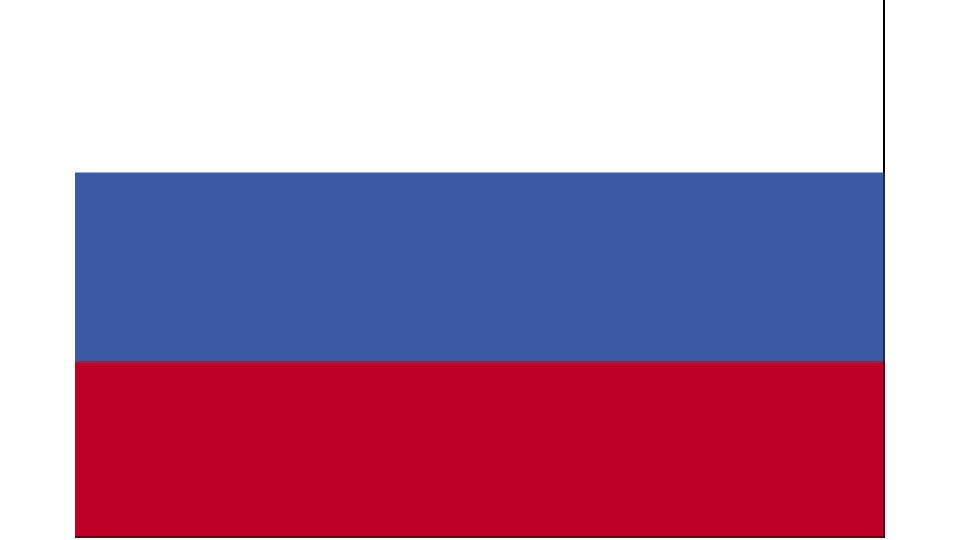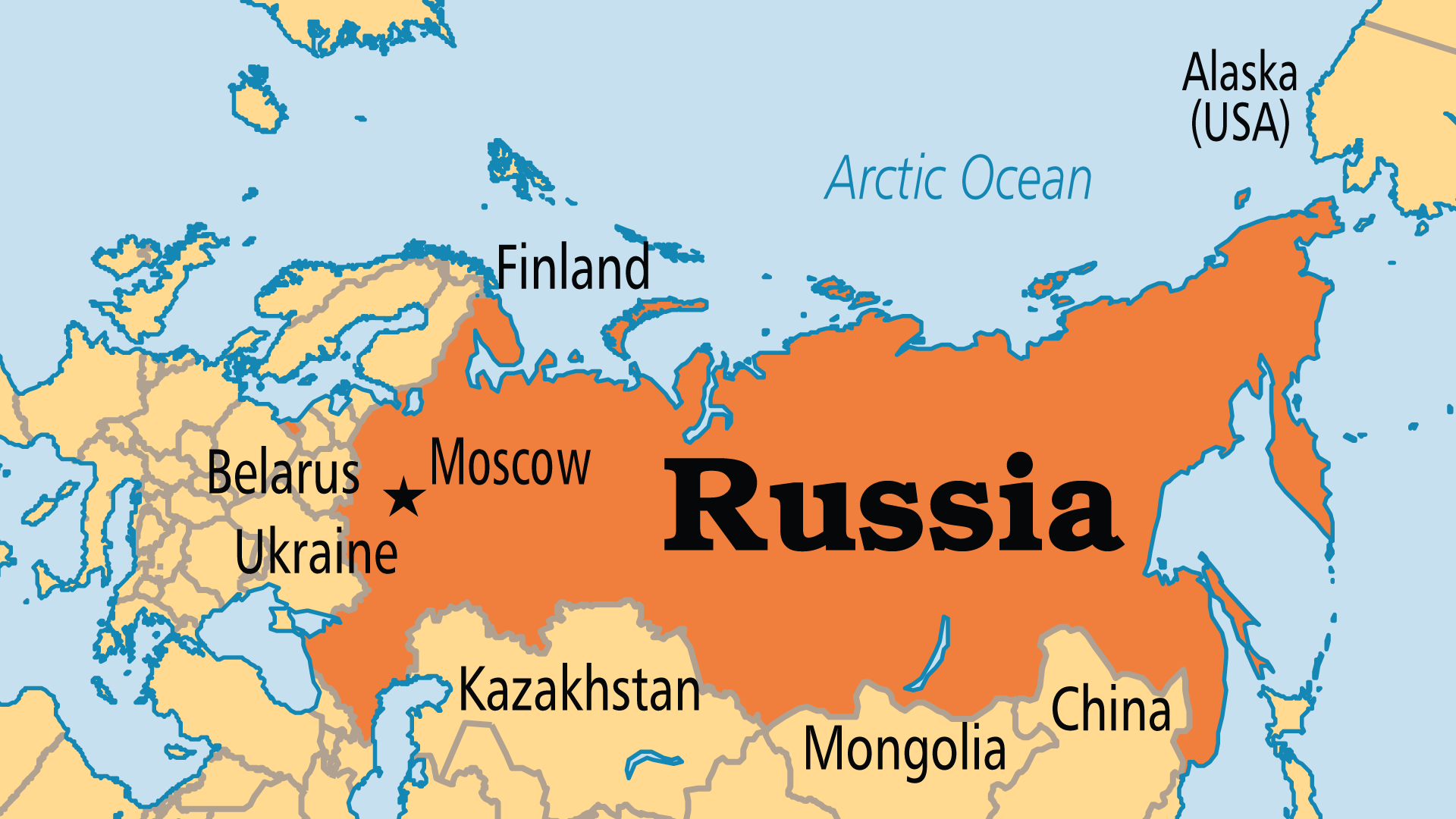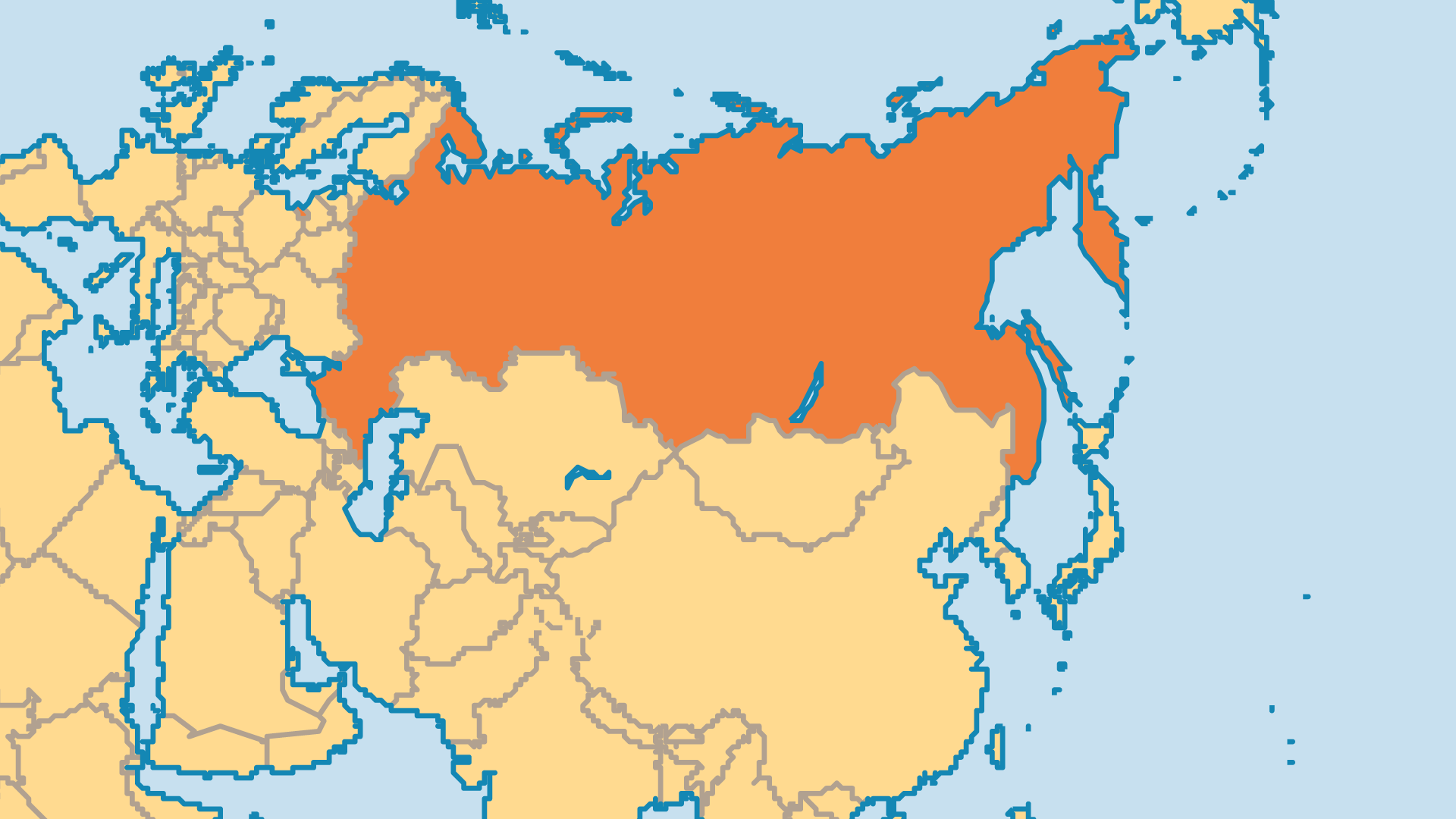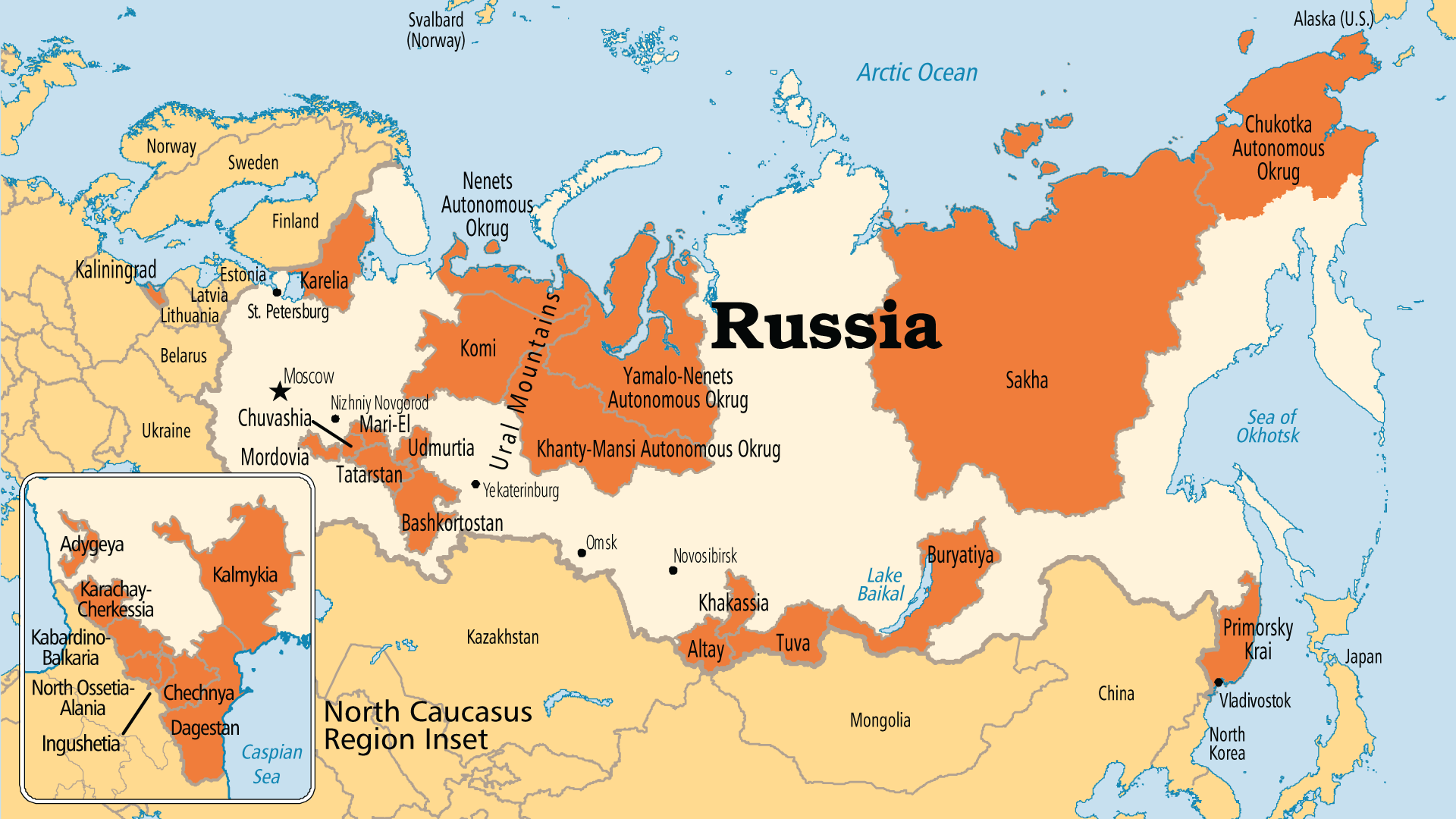Pray today
The North Caucasus region is the poorest and least stable region in Russia. It has the highest unemployment, the highest birth rates, and widespread corruption. The region’s 7 republics contain 50 to 60 ethnic groups of Caucasus, Turkic, and Iranian origin. The North Caucasus peoples are among the least reached on earth, and they live in Europe’s least-evangelized region. Pray that somehow, Jesus might be revealed to the peoples of this intensely needy corner of the world.
More
Far Eastern Federal District
- The indigenous peoples of the Russian Far East are small in population but unique. Spread across several federal subjects, they include the Evens (closely related to the Evenki of Siberia), Nanai, Koryak, Yupik and other even smaller groups. Indigenous, Russian, Korean and Western workers focus significant ministry on them. There are also significant numbers of Koreans (including North Koreans), Japanese and Jews, many being reached with the good news.
- Chinese are numerous, and numbers are increasing in both the Russian Far East and in Siberia. Russian visa laws prevent many from permanently settling, so most are present as temporary workers or small business owners. However, the rapid decline of Russia's population, the vast number of landless Chinese in China, the huge amount of empty land and the possibility of global warming allowing more productive agriculture could potentially see millions - if not tens of millions - of Chinese making their way into Russia. Such possibilities would inevitably lead to tensions and conflicts, but could also rejuvenate the Russian economy and population - and even bring new life to the non-religious Chinese and/or the Russian Orthodox Church. Evangelicals already work among Chinese in these regions, planting churches and training Chinese leaders for them.
Northwestern Federal District
- In the Republic of Karelia, 74% of the population are Russian; only 10% are Karelian. The Karelian people consist of three groups: the Olonets Karelians, the North Karelians and Tver Karelians. Literature is published in the first two of these languages. The Orthodox, Lutherans and others minister to the Karelians. Praise God for publication of the NT, the Psalms and Children's Bible in the Karelian Olonets dialect and of the NT and Children's Bible in Veps, a related language. NT translation of the North Karelian dialect is nearing completion.
- Komi in the north is a mineral-rich area, attracting Russian industry. The Finno-Ugric Komi number 26% of the population. By religion, most Komis are Orthodox; however, many became atheist as a result of the Soviet era. Komi Christian Evangelical Church ministers to the Komi people. Its original pastor laboured in secret for years to translate the Bible into Komi. The closely related Komi-Permyak, who live mainly in Perm Krai, are mostly Orthodox but with some evangelicals. Komi peoples in smaller numbers live in neighbouring districts. The Komis received the NT in 2008, and the Komi-Permyaks expect the NT in the near future.
- Kaliningrad Oblast is a small exclave on the Baltic coast, separated from Russia by Lithuania. As part of Russia, it remains 81% Russian and over 90% Slavic, but isolated. Pray for this most-western part of Russia to enjoy the richness of the gospel as has been traditionally experienced by other Baltic countries.
- The Nenets Autonomous Okrug is named for the indigenous Nenets people, who make up nearly 20% of the population here. The Arctic-dwelling Finno-Ugric Nenets are animist, with a small minority of Christians. A Bible translation is in progress as is fruitful ministry here by several agencies, but their lack of cooperation undermines effectiveness and breeds confusion.
Siberian Federal District
- The Buryat people live north of Mongolia, around Lake Baikal which contains 20% of the world’s fresh water. Half of Russia’s 450,000 Buryats live here, with the rest in the immediate neighbouring regions. They are the largest indigenous ethnic group in Siberia. Lamaistic Buddhism and shamanism have revived considerably since 1990. An abortive attempt at evangelizing the Buryat by the LMS from England (1817-1830) was ended by Buddhist and Orthodox opposition. Since 1990, a partnership of 26 agencies has worked for their evangelization. A revival among Buryats prompted efforts to translate the Bible; 20 OT books are translated and the NT is nearly completed. Increasing numbers of believers are coming into the Church, often as a result of the passionate ministry of Buryat, Russian and expat believers. There is also local radio (FEBC) and TEE (ORTA) ministry.
- Khakassia to the northwest of Tuva is only 13% Khakass. The Khakass (80,000 globally) are Turkic animist-shamanists with close ties to neighbouring Tuvan and Altai peoples. There are only two known Khakass churches, with just over 100 believers. New Life Mission works among them, and IBT recently completed the Khakass NT. Pray that this small people group might be evangelized.
- Tuva lies northwest of Mongolia. The Tuvans (240,000) are one of only two Turkic peoples in the world to have embraced Buddhism (in this case, a Lamaistic version highly influenced by shamanism). They suffered severely under Communist rule and remain today a people with one of Russia's highest rates of poverty, unemployment and crime. They are renowned for their unique khomeii singing with two voices. There were no believers in 1990; today there are a few thousand (Pentecostal, New Life Mission, InterAct). Spiritual warfare saw a significant breakthrough in response from Tuvans. The NT was completed in 2002 (IBT) with the OT translation well underway and the Children's Bible in Tuvin completed as well. Discipleship is crucial for the many new Tuvan believers.
- The Altay Republic is located where Russia, Mongolia, China and Kazakhstan meet. The formerly nomadic Altat people (34% of the population) are mostly shamanistic. The Altay region is highly important to both shamanism, Buddhism and even New Age religions; significant spiritual opposition to the gospel is common, fuelled by renewed vigour in both "black" and "white" shamanism in particular. Pray for the power and love of Jesus to break through to those opposing the gospel. Evangelical numbers are growing; there are some Altay evangelical churches with Altay pastors as well as an Altay NT (book and audio) and a growing hymnody of Altay worship songs.
Southern Federal District
- Islam predominates in all the indigenous peoples except the Ossetians, a majority of whom are nominal Orthodox. Islamists, both local and foreign, work to radicalize Islam in this region and to subvert the complex ethnic, political, economic and religious factors of the North Caucasus conflicts into a jihad defined solely along religious lines. Pray that Islamist plans may be thwarted and the whole region experience peace, progress and religious freedom.
More Information
- Get all of this content and daily notifications in our free mobile app. Download here ›
- Sign up for a daily e-mail that gets you the featured prayer point of the day straight to your inbox.
- This content is a curated selection of points from our book, Operation World. Find out more about it and all the rest of Our Publications ›
Content taken or adapted from Operation World, 7th Edition (2010) and Pray for the World (2015). Both books are published by InterVarsity Press. All rights reserved.



